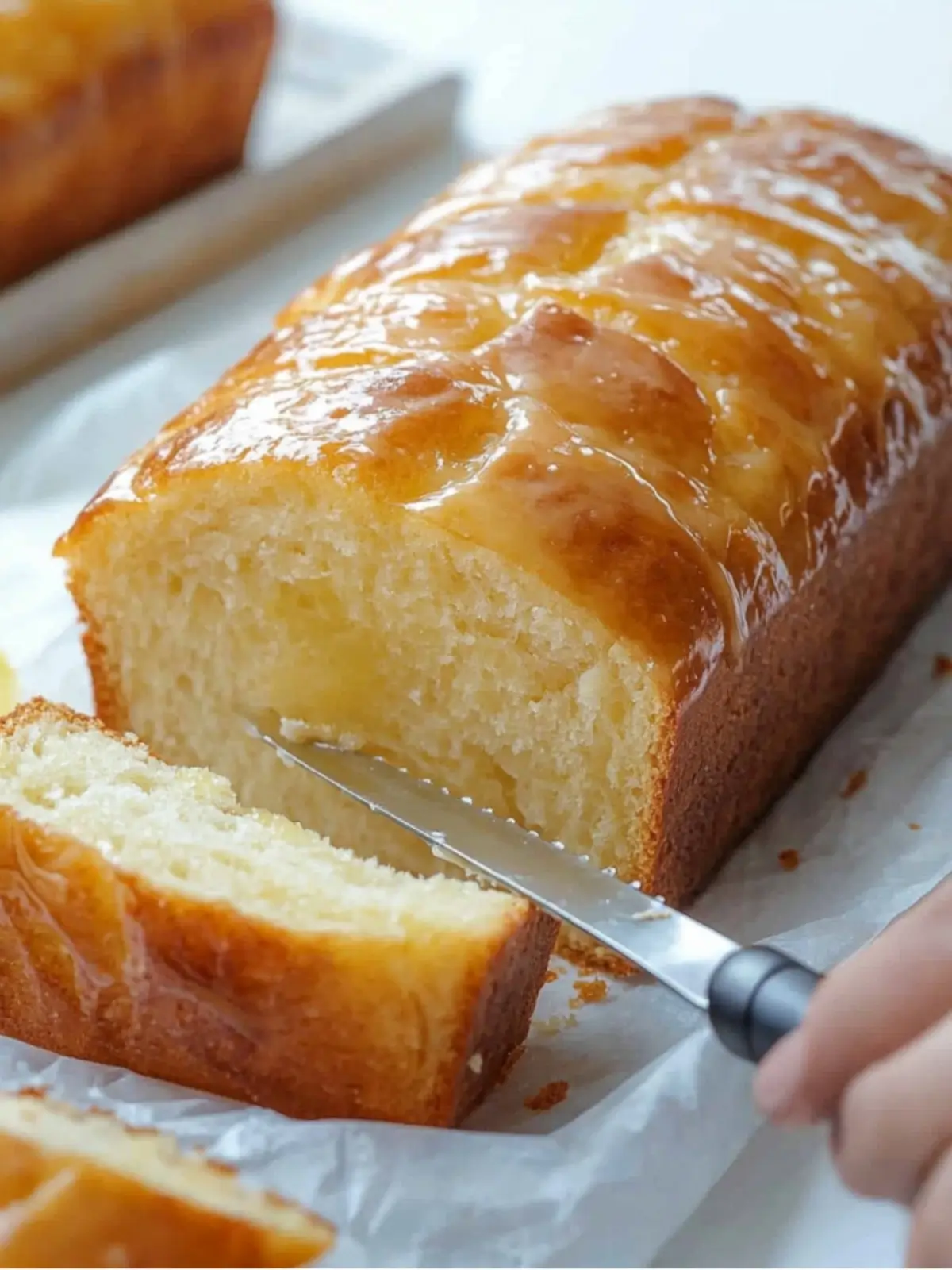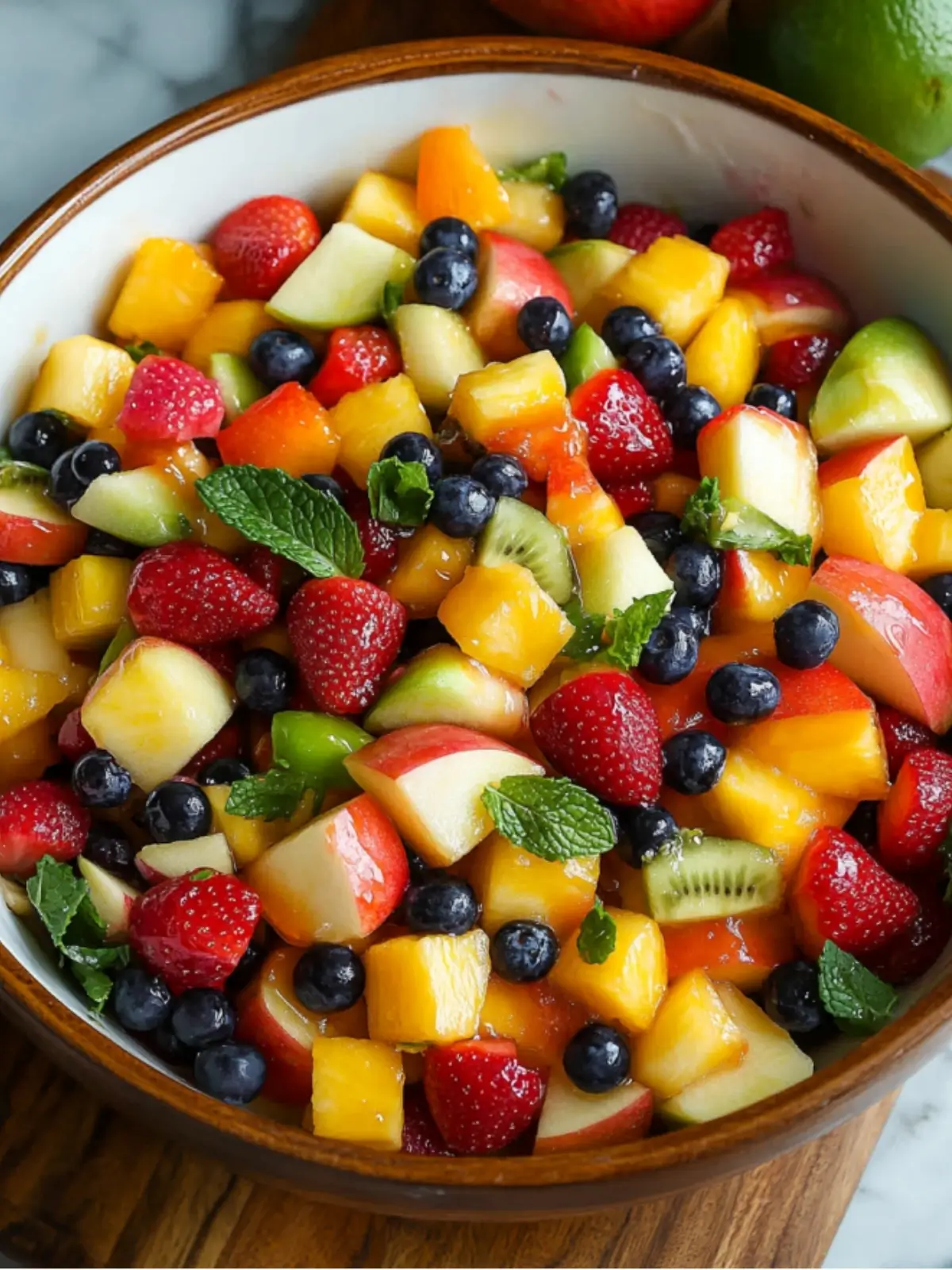Understanding the Salvadoran Delicacy
ADVERTISEMENT
Curtido is more than just a dish; it's a vibrant symbol of Salvadoran cuisine.
This traditional relish, often compared to sauerkraut or kimchi, is a staple in El Salvador, adorning tables alongside pupusas and other local delicacies.
Curtido, primarily made from fermented cabbage, offers a unique blend of tangy and spicy flavors, making it a beloved component in Central American cooking.
It's not only cherished for its taste but also for its cultural significance, representing the rich culinary traditions of El Salvador.
Historical Background of Curtido - Its Origin and Cultural Significance
Curtido's history is deeply rooted in Salvadoran culture. This dish, dating back centuries, has evolved alongside Salvadoran history, reflecting the nation's agricultural practices and culinary ingenuity.
As a part of the Salvadoran Cuisine heritage, Curtido embodies the fusion of indigenous and Spanish influences, prevalent in many Latin American countries.
This fermented condiment has stood the test of time, transitioning from a simple preservation method to a celebrated culinary icon.
Understanding its origins enhances the appreciation for Curtido's place in Salvadoran society and beyond.
Comparing Curtido with Other Latin American Fermented Foods
Curtido, while unique, shares similarities with other Latin American pickled vegetables.
Similar to Mexican escabeche or Peruvian sarza, Curtido utilizes the fermentation process to enhance flavors and preserve vegetables.
This technique is widespread in Latin America, signifying the importance of fermentation in regional diets.
Curtido's popularity mirrors the broader appreciation for pickled and fermented foods across the continent, each region adding its distinct touch to these age-old practices.
These foods, rich in probiotics, are not only delicious but also beneficial for gut health, making them an integral part of Latin American cuisine. To explore more about these regional delicacies, visit Fermented Foods on Pinterest.
Recipe Ingredients and Preparation
Essential Ingredients for Traditional Curtido
To prepare authentic Curtido, the following ingredients are essential:
- Cabbage: The primary component, usually shredded.
- Carrots: For added color and texture.
- Onions: Thinly sliced, they add sharpness.
- Jalapeños: Optional, for those who prefer a spicy kick.
- Vinegar: A crucial pickling agent.
- Salt: Enhances the flavors and aids in fermentation.
These simple, yet flavorful ingredients, form the core of traditional Curtido, making it a delicious and easy-to-make condiment.
Each ingredient plays a vital role in creating the unique taste and texture of this Salvadoran staple.
Step-by-Step Preparation Guide
Creating Curtido involves a straightforward process:
- Shred the Cabbage: Thinly slice the cabbage for a delicate texture.
- Slice the Carrots and Onions: Julienne the carrots and thinly slice the onions for a balanced mix.
- Combine and Salt: Mix the vegetables in a bowl, sprinkle with salt, and massage gently. The salt starts the fermentation process.
- Add Vinegar and Water: Pour a mixture of vinegar and water over the vegetables. The acid in vinegar, a key component in pickling vegetables, acts as a preservative.
- Spice it Up: Add sliced jalapeños or other spices as desired.
- Pack and Seal: Tightly pack the mixture into a jar, ensuring the liquid covers the vegetables. This anaerobic environment is crucial for fermentation.
- Ferment: Let the jar sit at room temperature for a few days, allowing the fermentation process to develop the Curtido's flavors.
- Refrigerate: After reaching the desired level of fermentation, refrigerate to slow down the process.
Curtido's fermentation mirrors techniques used in Cabbage Fermentation like sauerkraut, yet it has a distinctly Salvadoran twist.
This process enhances the flavors and increases the health benefits, making Curtido both delicious and nutritious.
Tips for Perfect Fermentation
Perfecting Curtido's fermentation requires attention to detail:
- Use Fresh Ingredients: Fresh vegetables ensure better fermentation and flavor.
- Keep Everything Submerged: The vegetables must be completely submerged in the liquid to prevent mold.
- Temperature Matters: Ferment at a consistent, moderate temperature. Too hot or cold can affect the fermentation process.
- Patience is Key: Allow enough time for the flavors to develop fully.
- Monitor the Process: Check the Curtido regularly for taste and texture.
By following these tips, you can create a flavorful and authentic Curtido. To delve deeper into the art of fermentation, explore Healthy Fermented Food Ideas on Pinterest for inspiration.
Variations and Serving Suggestions
Regional Variations of Curtido
Curtido may have its roots in Salvadoran cuisine, but various Latin American countries have adopted and adapted it, creating their regional twists.
In some areas, the addition of red bell peppers or different types of chilies can be found. Others might use different vinegar types or include herbs like oregano for added flavor complexity.
The basic fermentation process remains the same, but these small adjustments result in a range of flavors and textures that reflect the diverse culinary landscapes of Latin America.
To explore more about these regional varieties and their unique tastes, visit Latin American Recipes on Pinterest.
Creative Serving Ideas for Curtido
Curtido is versatile and can be served in numerous ways:
- As a Topping: Perfect on pupusas, tacos, or sandwiches.
- In Salads: Adds a tangy, crunchy element to green salads.
- With Grilled Meats: Complements the flavors of grilled chicken or beef.
These serving ideas highlight Curtido's versatility, making it a suitable accompaniment for a variety of dishes. Its tangy flavor and crunchy texture make it a delightful addition to many meals.
Pairing Curtido with Other Dishes
Curtido pairs exceptionally well with traditional Salvadoran dishes like pupusas, but it's also a great complement to:
- Grilled Foods: The acidity cuts through the richness of grilled meats.
- Hearty Soups: Adds a refreshing element to warm, comforting soups.
- Vegetarian Dishes: Elevates the flavor profile of plant-based meals.
Pairing Curtido with these dishes enhances the overall dining experience, adding a unique flavor that complements a wide range of foods.
For more pairing ideas and inspiration, check out Traditional Salvadoran Dishes on Pinterest.
Nutritional Information and Health Benefits
Health Benefits of Fermented Foods like Curtido
Fermented foods like Curtido offer significant health benefits. The fermentation process promotes the growth of probiotics, beneficial bacteria that are crucial for gut health.
These probiotics aid in digestion and enhance the absorption of nutrients. Curtido is also low in calories yet high in fiber, making it an excellent addition to a healthy diet.
The presence of cabbage and other vegetables in Curtido provides essential vitamins and minerals, contributing to overall wellness.
The health benefits of such fermented vegetables are well-documented, and further information can be found on the Health Benefits of Fermented Vegetables on Wikipedia.
Nutritional Breakdown of Curtido
Curtido is not only flavorful but also nutritionally rich:
- Low in Calories: A great option for weight management.
- High in Fiber: Promotes digestive health.
- Rich in Vitamins: Particularly vitamins C and K, found in cabbage.
- Minerals: Supplies essential minerals like potassium.
- Antioxidants: Contains compounds that help fight inflammation.
This nutritional profile makes Curtido an excellent choice for those seeking a healthy, flavorful addition to their meals.
Its combination of low calories, high fiber, and essential nutrients aligns well with a balanced diet.
Frequently Asked Questions about Curtido
How long does Curtido last?
Properly stored in the refrigerator, Curtido can last for up to 2-3 weeks. It's important to keep it in an airtight container to maintain its freshness and prevent spoilage.
Can Curtido be made without vinegar?
Yes, while vinegar is a common ingredient, it's possible to make Curtido with just saltwater brine. This method relies solely on natural fermentation for its distinct flavor and preservation.
Is Curtido spicy?
The spiciness of Curtido can vary. Traditionally, it has a mild to moderate spice level, but you can adjust the amount of jalapeños or other chilies to suit your taste preferences.
Can Curtido be canned for long-term storage?
Canning Curtido is possible, but it will halt the fermentation process. For long-term storage, canning is a practical solution, but keep in mind that it might change the texture and flavor slightly.
What are the best dishes to pair with Curtido?
Curtido is famously paired with pupusas, but it also goes well with a variety of dishes such as grilled meats, tacos, and salads.
Its tangy flavor makes it a versatile condiment that can enhance many meals.
Is Curtido suitable for a vegan diet?
Absolutely! Curtido is made from vegetables and is naturally vegan.
It's a great addition to a plant-based diet, providing flavor and nutritional benefits.





Leave a Reply